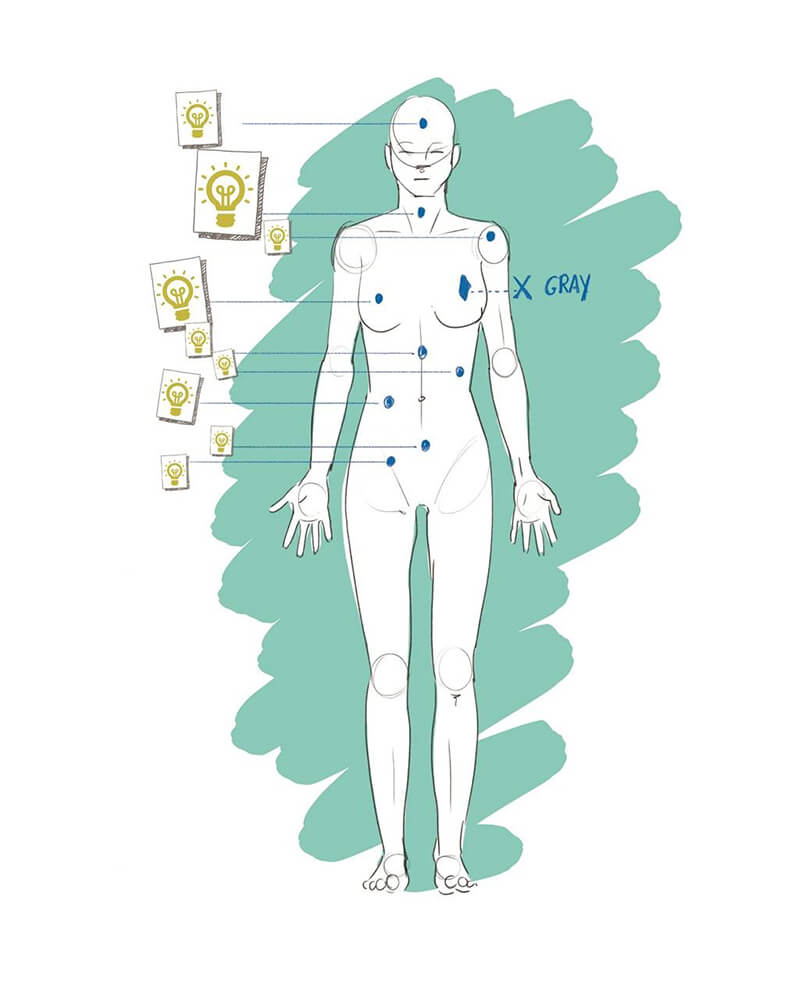
Despite field-shaping capabilities that allow the radiation beam to target the exact outlines of the tumor, today’s radiotherapy treatments do still pose a certain amount of risk to the patient. Much progress has been made to concentrate the high-energy particles produced by radiation therapy machines on the diseased tissue. However, some of the photons do reach out-of-field tissue, which can result in radiation-induced pathologies like cancer. Today’s software cannot estimate this out-of-field dose.
Using a Monte Carlo code, the researchers at CEA-List were able to simulate the overall dose received around the margins of the tumor. But the code was not able to calculate, within a reasonable amount of time, the very low doses received by tissue further away from the tumor. As a workaround, the researchers identified an area of interest, enclosing it in a sphere. For each scattered photon, a virtual photon was artificially introduced into this sphere. This resulted in a greater number of photons, which was then used to calculate the dose received using conventional methods. The workaround was then corrected for mathematically.
The method was implemented in CEA-List’s PHOEBE code, and then validation tested by getting the doses measured in a water phantom to match with the doses predicted by the code. In clinical settings, the software could reduce the long-term side effects of out-of-field doses. It will also be useful in research to improve treatment.
Read article at http://www.cea-tech.fr/